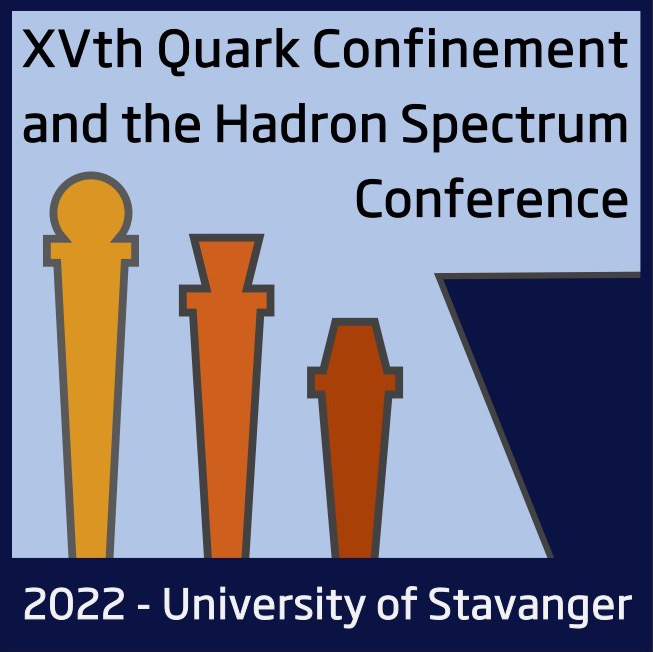Speaker
Description
The High Acceptance DiElectron Spectrometer (HADES) is a versatile detector with particular focus on dielectron measurements in pion, proton, deuteron and (heavy-) ion-induced reactions using proton or nuclei targets in the SIS-18 energy range (1-2 GeV/nucleon). Its excellent particle identification capabilities also allow for the investigation of hadronic observables.
The excess of dileptons above the contributions from initial state processes and late meson decays serve as messengers of the dense medium created in heavy-ion collisions and reveal the thermal properties and the lifetime of the medium but also give insight into meson properties at high densities. A high statistics sample of Ag+Ag collisions ($4.5$ billion events for $0 - 40 \%$ centrality) at $\sqrt{s_{NN}} = 2.55 \, GeV$ with improved electron detection efficiency and background suppression has been analyzed and is presented as a function of centrality and pair-momentum with a signal up to the phi meson mass region. The obtained dilepton spectra show a strong excess radiation and suggest a substantial modification of the mesons.
In order to study the electromagnetic and hadronic couplings of baryonic resonances to the $\rho-N$ final state, which is particularly important for the understanding of the emissivity of hot and dense nuclear matter due to the important role of intermediary vector mesons in dilepton emission, HADES has initiated a dedicated pion-nucleon program in order to investigate the second resonance region. Baryon-meson couplings and the validity of the vector dominance model for baryon transitions were investigated, the importance of the latter clearly being underlined. A first glimpse on new results from the recent p+p beamtime at $4.5 \, GeV$ beam energy will also be presented.

